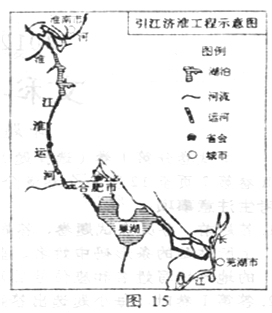阅读理解。
For photographers lacking training, experience and even the ability to click a shutter button, they produce
remarkable pictures. Under the sea, deep in the woods and high in the sky, furry, feathery and leathery-skinned
creatures are opening up vistas (远景) by taking cameras where no human can go.
This is the world of animal-borne imagine celebrated last month at a conference sponsored(supported) by
the National Geographic Society for the 20th anniversary of its Crittercam, the device that started it all.
Since its debut (首次公开露面) in 1987 on the back of a turtle, the Crittercam and similar devices
developed by others have grown smaller and more powerful.
"It's more than just a camera now," said Greg Marshall, the marine biologist and now filmmaker who
invented the Crittercam."We are now including more instruments to gather more data while at the same time
The idea of attaching video cameras to animals came to Mr. Marshall in 1986 on a dive off Belize when a shark
apporoached him. When the animal quickly turned away, he noticed a shark with a sucker fish on its belly. He
came up with the idea that putting a camera in place of the sucker fish would allow people to witness the
shark's behavior without disturbing it.
Crittercams have been attached to sharks, sea lions and other marine animals, and, more recently, to land
animals.
Birds are a new addition, Mr.Marshall said. Dr. Christian Rutz of Oxford recently reported on tiny cameras
called feathercams that monitor the crows in the South Pacific. It has discovered that crows are smarter than
anyone knew they not only use twigs (嫩枝) and grass stems as tools to root out food, but they also save their
favorite tools to use again.
Tracey L.Rogers, director of the Australian Marine Mammal Research Center in Sydney, said crittercam
was a powerful tool in her work with leopard seals (豹斑海豹) in Antarctica. "In studying animals," Dr.
Rogers said at the meeting,"you want to see how our animal models align (与……一致) with reality. With a
camera, you actually see what they do. You don't have to guess."
1. What's the text mainly about?
A. The advantages of crittercam.
B. The development of Crittercams in the past 20 years.
C. How crittercam was invented.
D. How crittercam works.
2. What inspired Marshall to invent crittercam?
A. The sight of sucker fish clinging to a shark on a dive.
B. The thought of how to photograph animals better.
C. Noticing a shark eating a sucker fish on a dive.
D. Seeing a shark with a camera on its belly on a dive.
3. According to Dr. Rogers, crittercam ____.
A. can clear up all your doubts about animals
B. is the most powerful tool in studying animals
C. enabled her to observe the crows in the South Pacific closely
D. helped a lot with her research on leopard seals in Antarctica
4. All of the following are improvements of crittercams EXCEPT that ____.
A. the size is becoming smaller
B. more instruments are involved to gather more data
C. they allow researchers to see where and how animals live
D. they are able to be applied to smaller animals such as birds


